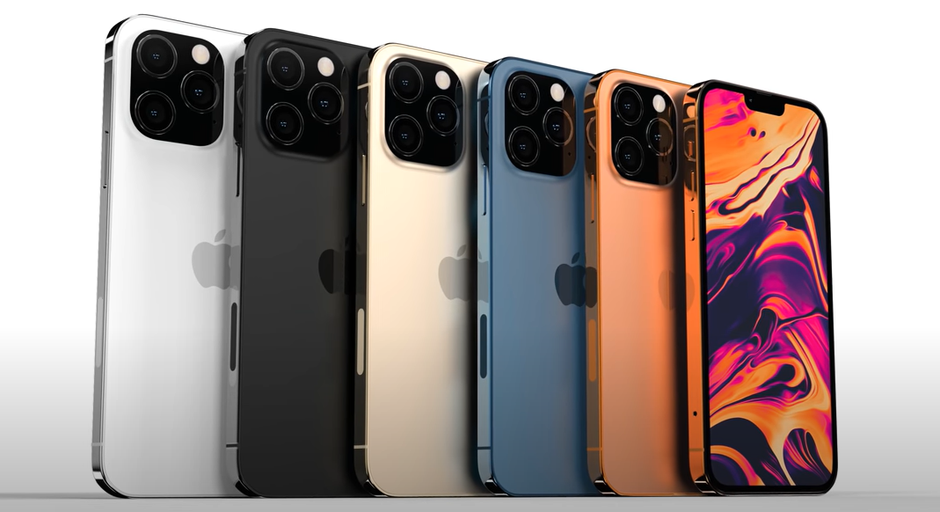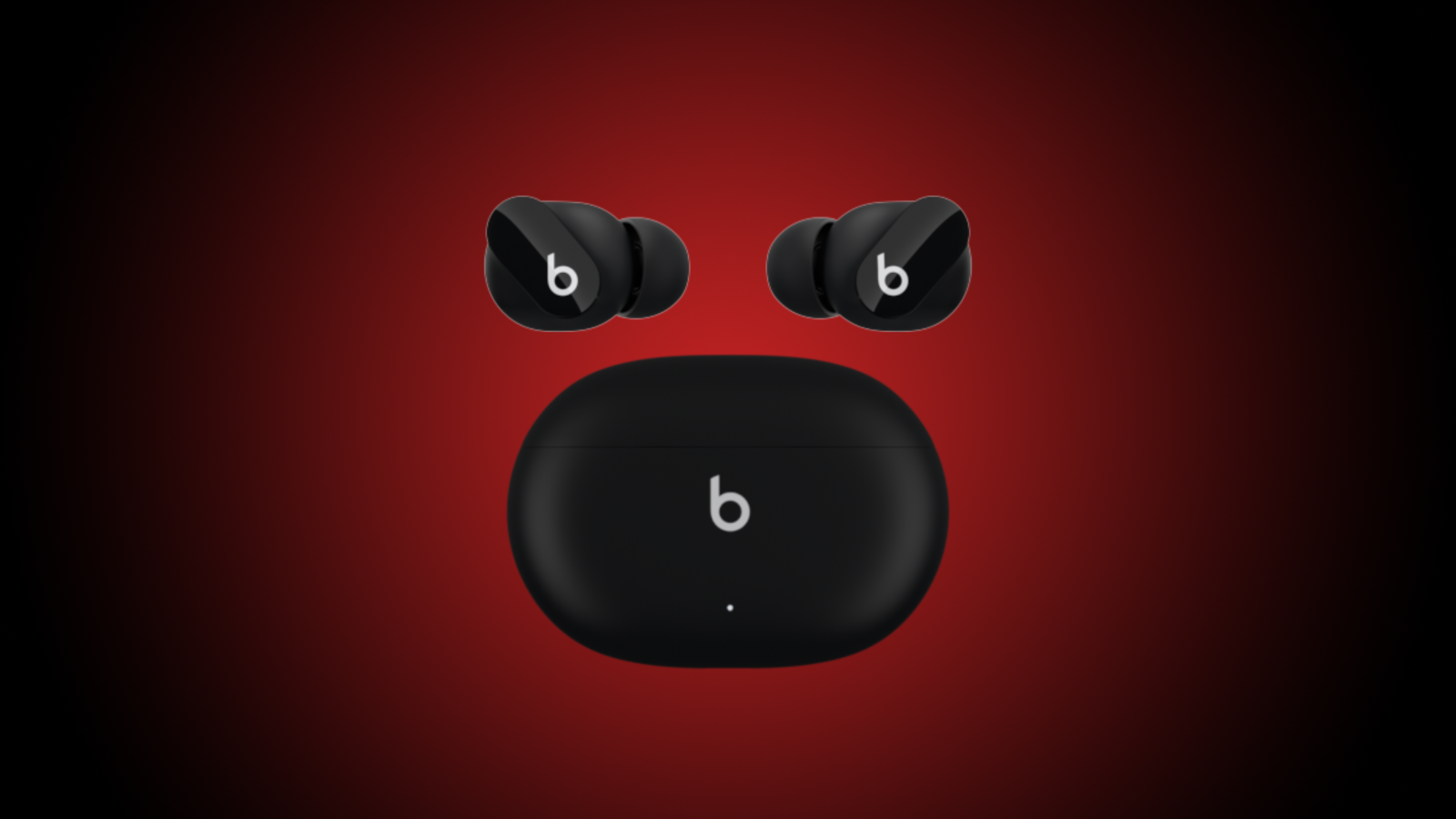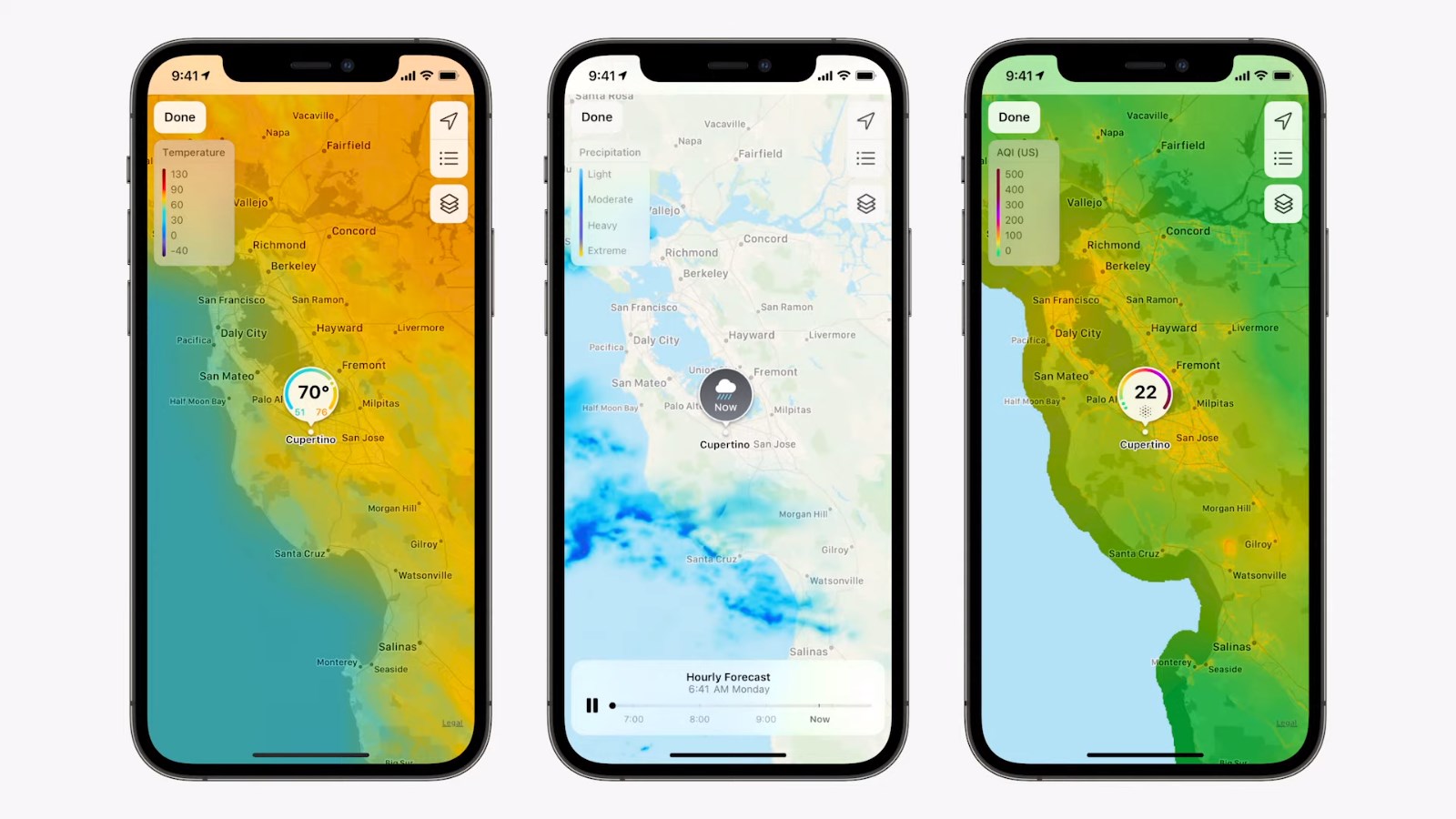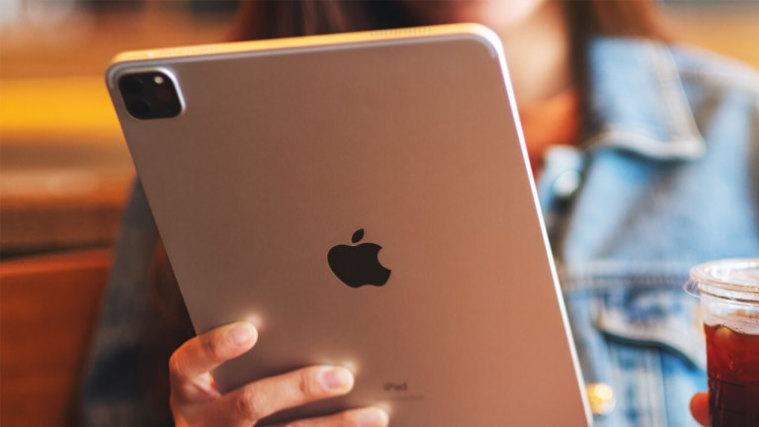Rumors about Apple making an iPhone with both Face ID and Touch ID are not that new. In fact, they have been around since the iPhone X rumors, even before Apple introduced Face ID on its devices. But now we want to know: Would you prefer an iPhone with Touch ID under the screen or on the power button?

Back in 2017, early iPhone X rumors suggested that Apple wanted to integrate Touch ID into the iPhone’s screen, as the company was moving to a borderless design with no Home button. There were even some prototypes of the iPhone X with Touch ID on the back of the phone, but these ideas were all scrapped in favor of Face ID.
Apple’s Face ID works well in most situations, although some users have been upset by things like not being able to authenticate when the phone is lying on a table. However, the COVID-19 pandemic revealed a major flaw of Face ID: It doesn’t work with face masks.
Since masks have become essential in our daily life, iPhone users have had to repeatedly enter their passwords as if the device had no biometric authentication method. It took a year, but Apple recognized this when it introduced a feature to unlock the iPhone using the Apple Watch.
According to recent rumors, this has made Apple rethink Touch ID on the iPhone, and it seems that this technology might return to the company’s smartphone in the near future. However, since the iPhone no longer has a Home button, how exactly would this work?
Touch ID under the screen
According to reliable sources like analyst Ming-Chi Kuo, Apple wants to put Touch ID under the iPhone’s screen. This technology has already been used in other smartphones and allows the fingerprint sensor to be hidden behind the display, making it almost invisible to the user.

This technology has some disadvantages, which is probably why Apple hasn’t adopted it so far. This includes incompatibility with screen protectors and also a certain slowness to read the fingerprint. Qualcomm announced earlier this year a new “3D Sonic Sensor” that dramatically improves fingerprint reading under the screen, and Apple is rumored to adopt this technology in the future.
The good thing about having a fingerprint reader under the screen is that it works pretty much the same way as Touch ID, so the user doesn’t have to figure out where to position their finger to unlock the phone or use Apple Pay.
Touch ID on the power button
With the new fourth-generation iPad Air, Apple has introduced a new Touch ID form-factor, which is built into the device’s power button. This way, the company was able to remove the Home button from the iPad without having to add the expensive Face ID sensors.
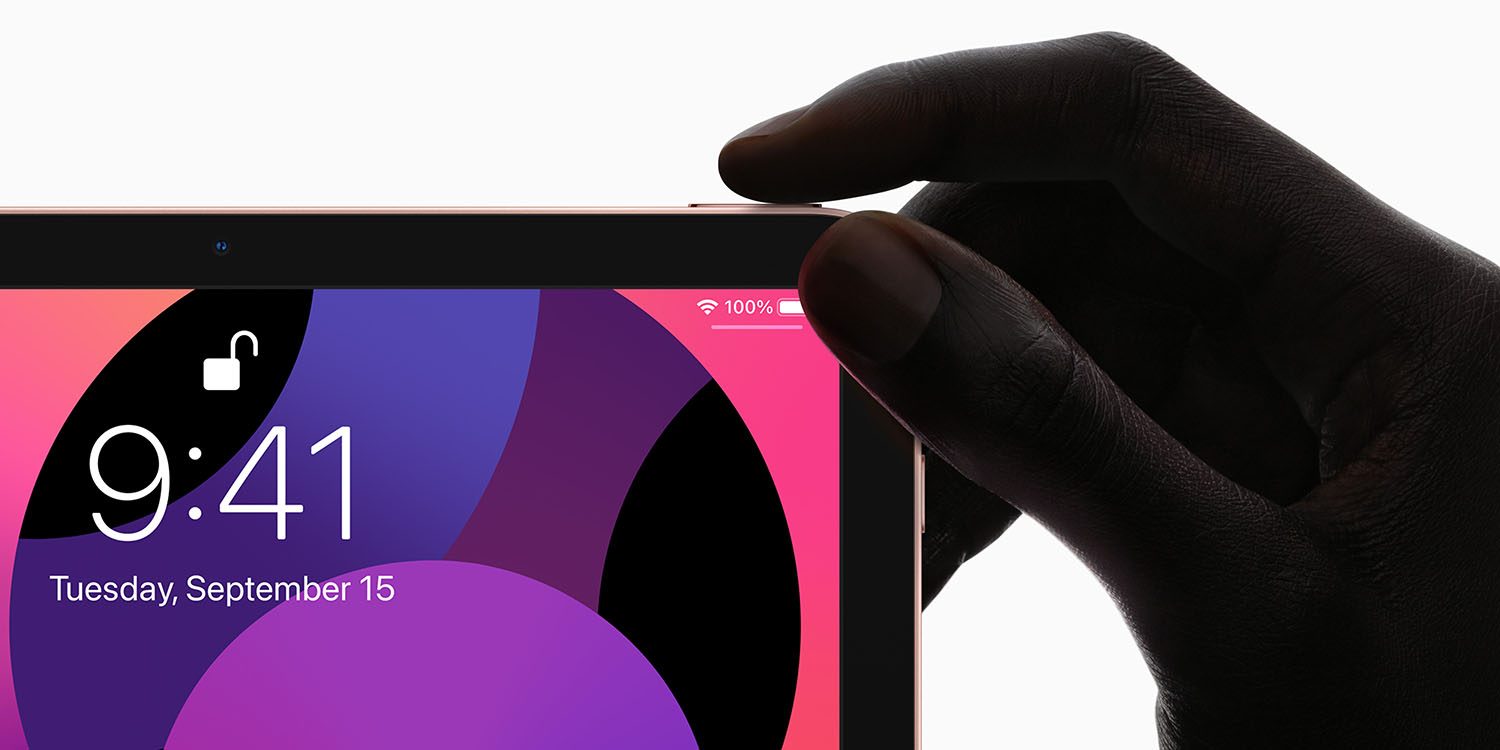
Having Touch ID on the power button means less interference with the display hardware, which would not be affected by the same problems as the sensor under the screen. However, at least on the iPad Air, Touch ID on the power button doesn’t seem to be as intuitive as the old Touch ID on the Home button.
Some users complain that they accidentally turn off the iPad screen when trying to authenticate with Touch ID. If this comes to the iPhone, I can easily see users doing the same when using the fingerprint reader on the power button.
Which do you prefer?
Unfortunately, rumors suggest that Touch ID won’t return to the iPhone until next year, so we’ll probably get another iPhone with only Face ID in 2021. Even so, which method would you prefer? Touch ID under the screen or on the power button?
Let us know in the poll below and also in the comments section.

